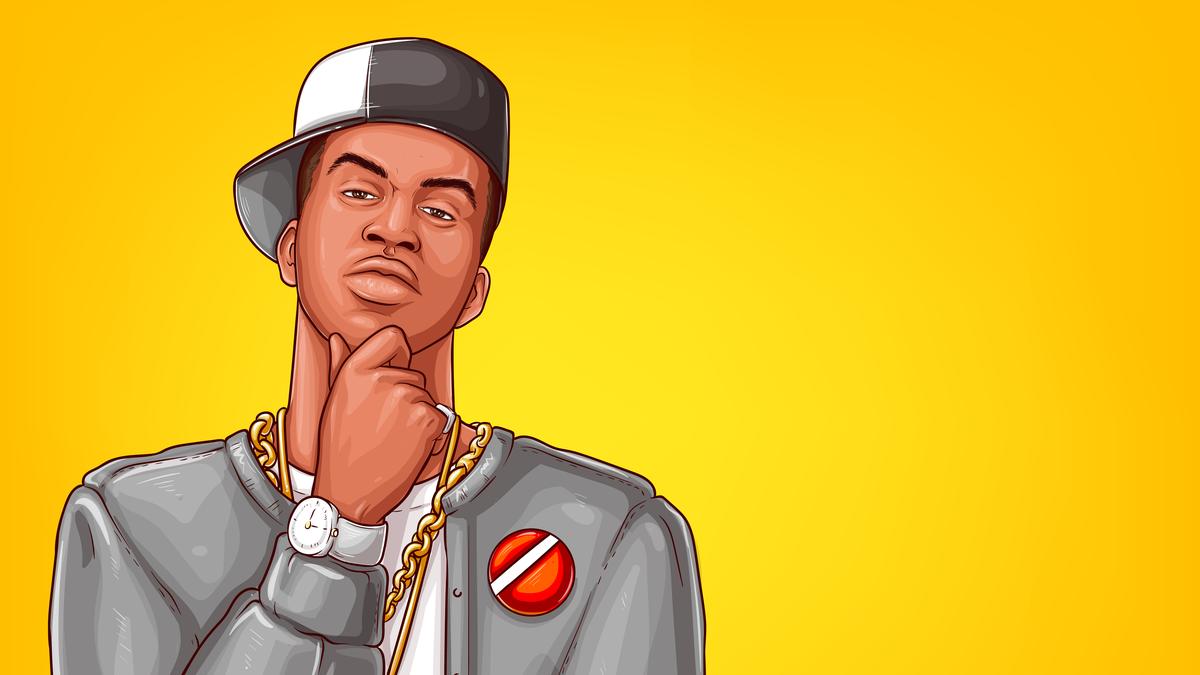
Rap it up!
The Hindu
Rap is more than music—it's a powerful voice, a unique art form, and a celebration of culture and history.
Words that rhyme, a story in time, Rap ain’t just beats, it’s history’s chime!
Rap is more than just music—it’s a voice, a rhythm, a movement. From the streets of New York to the global stage, rap has become a powerful way to tell stories, share emotions, and even record history. Every verse carries meaning, whether it’s about struggle, success, or the world around us. But rap is much more than just the catchy beats. It is not just a music genre, but a different art of storytelling and expressing your emotions.
Rap music didn’t find its voice in a fancy studio but in the echoing streets. Rewinding back to the 1970s, the Bronx in New York—home to a largely African American community—was struggling economically. People faced tough times, but they found a way to turn their struggles into something powerful—music.
The name DJ Kool Herc is etched in rap history. At block parties (outdoor neighborhood gatherings), this Jamaican used two turntables to extend the beats of funk and soul records, giving dancers more time to groove. But it wasn’t just about the beats. As the music played, MCs (Masters of Ceremonies) hyped up the crowd with rhymes, setting the stage for the early form of rap.
Soon, rap battles and freestyle sessions became a way for artists to prove their skills. It wasn’t just about speed—it was about telling a story, making people feel something, and speaking up about real-life experiences. Rap became the voice of the streets, and from there, it only got bigger.
Although the roots of rap had already taken hold in society, it wasn’t until 1979 that rap truly gained national attention. This breakthrough came with Sugarhill Gang’s song Rapper’s Delight, released under the independent African American-owned label Sugar Hill Records.
Within weeks of its release, the track became a chart-topping phenomenon, introducing rap to mainstream audiences. For the first time, rap wasn’t just a local movement—it had a national presence and had officially carved out its place as a new genre in popular music.

 Run 3 Space | Play Space Running Game
Run 3 Space | Play Space Running Game Traffic Jam 3D | Online Racing Game
Traffic Jam 3D | Online Racing Game Duck Hunt | Play Old Classic Game
Duck Hunt | Play Old Classic Game











